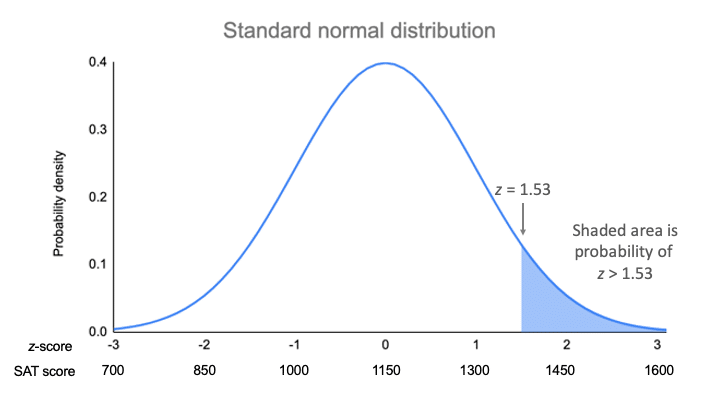

NORM.DIST(x,mean,standarddev,cumulative) The NORM.DIST function syntax has the following arguments: X Required. This function has a very wide range of applications in statistics, including hypothesis testing. I created samples with a mean of 100 and standard deviation of 25, function RandNormalDist(100, 0.25). Returns the normal distribution for the specified mean and standard deviation. To produce my random normal samples I used VBA function RandNormalDist by Mike Alexander. Learn more TamaraĪdding risk and uncertainty to your project schedule. This tutorial will walk you through plotting a histogram with Excel and then overlaying normal distribution bell-curve and showing average and standard-deviation lines. Which is the same as the classical statistics result. Comparison with the probability density function for the Normal distribution, shows that this is a Normal density function with mean x and standard deviation. Taking exponents to convert back to f( m ), and rearranging a little, we get: The second term is missing because it equals zero and there are no other higher order terms since is independent of m and any further differential therefore equals zero.Ĭonsequently, Equation 1 is an exact result.
#Normal distribution with mean and standard deviation excel series
I.e., m 0 is the average of the data values x - no surprise there! A Taylor series expansion of this function about m 0 gives: The best estimate m 0 of m is that value for which : No prior is needed for s since it is known and we arrive at a posterior distribution for m given by: We assign an uniformed (Uniform) prior for m and use a Normal likelihood function for the observed n measurements. This is a more unusual case than where one does not know the standard deviation but might occur, for example, if one was making many measurements of the same parameter, but believed that the measurements had independent, normally distributed errors and no bias (so the distribution of possible values would be centred about the true value). A Normal distribution can have a mean anywhere in, so we could use a Uniform improper prior p( m ) = k. We would like to estimate the mean together with the appropriate level of uncertainty. Assume that we have a set of n data samples from a Normal distribution with unknown mean m and known standard deviation s.


 0 kommentar(er)
0 kommentar(er)
